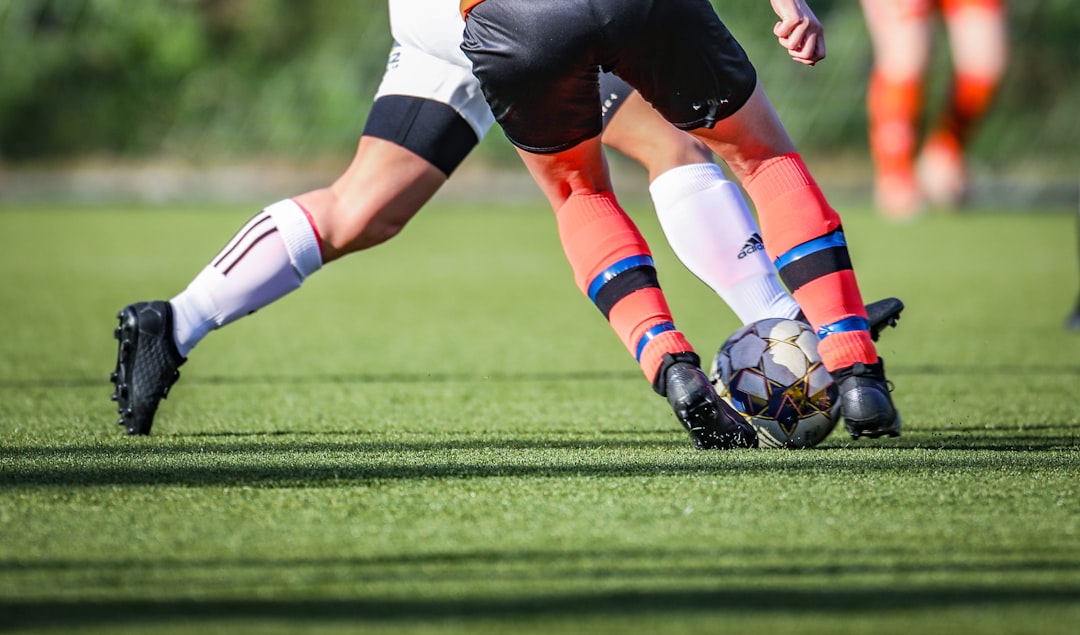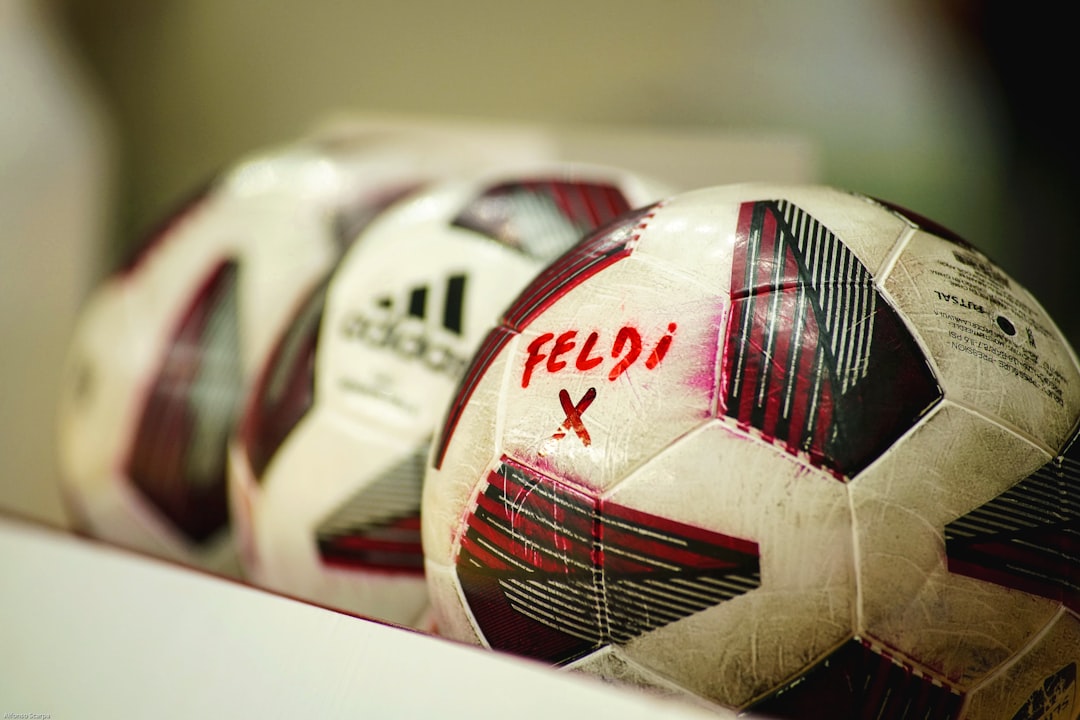Head Impacts Linked To Brain — here’s what’s new, why it matters, and what to watch next.
Head Impacts Linked to Brain Cell Loss in Young Athletes: New Findings
At a Glance
Recent studies indicate that young athletes who experience head impacts during sports may suffer from significant brain cell loss. This alarming discovery sheds light on potential long-term health implications for children and adolescents involved in contact sports, raising questions about the safety of such activities and the need for more stringent protective measures.
Background & Timeline
The concern over head injuries in sports, particularly in contact sports like football, hockey, and soccer, has gained traction over the last decade. Research has increasingly highlighted the risks associated with concussions and sub-concussive impacts—those that do not result in a diagnosed concussion but can still cause harm.
In 2010, the Centers for Disease Control and Prevention (CDC) launched initiatives aimed at increasing awareness of concussion-related injuries, particularly among young athletes. In 2014, the American Academy of Pediatrics updated its guidelines to emphasize the importance of immediate removal from play following any suspected head injury.
Fast forward to 2021, when a pivotal study published in the journal Neurology found that even minor head impacts could lead to cognitive impairments over time. This year, a new report has taken these findings further, revealing that persistent head impacts in young athletes are associated with a notable reduction in brain cells, emphasizing the urgency for preventive measures.
What’s New
The latest research, conducted by a team of neurologists and sports scientists, utilized advanced imaging techniques to analyze brain health in young athletes. The study involved over 200 participants aged 8 to 18 who engaged in various contact sports. Researchers found that athletes who reported frequent head impacts exhibited a marked decrease in the volume of critical brain regions associated with cognitive function, memory, and emotional regulation.
Dr. Emily Chen, the lead author of the study, stated, “Our findings suggest that even in the absence of a diagnosed concussion, repeated head impacts can lead to a gradual loss of brain cells, which may have long-term consequences for cognitive health.” This is particularly concerning as many young athletes may not fully understand the risks associated with their sports activities.
Why it Matters
The implications of this research are significant. With millions of children participating in contact sports across the United States, the potential for widespread brain cell loss raises urgent questions about the appropriateness of current safety protocols. Parents and coaches may not be fully aware of the risks associated with head impacts, particularly those that do not result in immediate symptoms.
Furthermore, the findings underscore the necessity for improved protective gear and rule changes in youth sports. Many leagues and organizations are already implementing changes, such as stricter guidelines on heading the ball in soccer or tackling techniques in football. However, experts argue that more comprehensive approaches are needed, including educating young athletes about the signs of head injury and the importance of reporting any symptoms.
The research also fuels the ongoing debate about the long-term effects of playing contact sports. While sports can provide numerous benefits, including physical fitness and social skills, the potential for brain injury poses a serious risk that cannot be ignored. As Dr. Chen emphasized, “We must weigh the benefits of these sports against the potential for irreversible damage to young brains.”
What to Watch Next
As the conversation surrounding athlete safety continues, several developments are on the horizon. Upcoming legislative sessions may see proposals for stricter regulations regarding youth sports, including mandatory education and training for coaches on concussion awareness. Additionally, advancements in technology could lead to better protective gear designed to minimize the risk of head impacts.
Moreover, ongoing research will likely focus on understanding the long-term effects of even minor head impacts in young athletes. Stakeholders—ranging from sports organizations to educational institutions—will need to collaborate closely to create a safer environment for young athletes.
FAQ
Q1: What age group is most affected by head impacts in sports?
A1: The recent study focused on young athletes aged 8 to 18 years, highlighting the vulnerability of this age group to head impacts and potential brain cell loss.
Q2: How do repeated head impacts affect brain health?
A2: Repeated head impacts can lead to a decrease in brain cell volume, which may result in cognitive impairments, memory issues, and emotional regulation problems over time.
Q3: What types of sports are associated with higher risks of head impacts?
A3: Contact sports such as football, hockey, and soccer are associated with a higher risk of head impacts and concussions, but risks can also exist in other sports.
Q4: What can be done to protect young athletes from head injuries?
A4: Improved protective gear, education about the signs of head injuries, and stricter safety protocols in youth sports can help protect young athletes from head injuries.
Q5: Are there regulations in place to protect young athletes?
A5: While many sports leagues have implemented guidelines for concussion management, ongoing advocacy is needed to enhance safety measures and regulations further.
Q6: What should parents do if they suspect their child has a head injury?
A6: Parents should immediately remove their child from play, seek medical advice, and ensure that the child does not return to sports until cleared by a healthcare professional.
Takeaways
The recent findings regarding head impacts and brain cell loss in young athletes underscore an urgent need for enhanced safety measures in youth sports. With increased awareness and education, stakeholders can work collaboratively to protect the health and well-being of young athletes, ensuring that the benefits of sports do not come at the expense of their long-term cognitive health.
Sources & Credits: Reporting synthesized from multiple reputable outlets and official releases.
Read our related coverage for more on Head Impacts Linked To Brain.
For context and confirmations, see reputable wires like Reuters or AP News.
Source: Original Source. Reporting synthesized from multiple reputable outlets and official releases.
For deeper analysis on Head Impacts Linked To Brain, explore more reports and explainers on Insurance Rate Expert.













